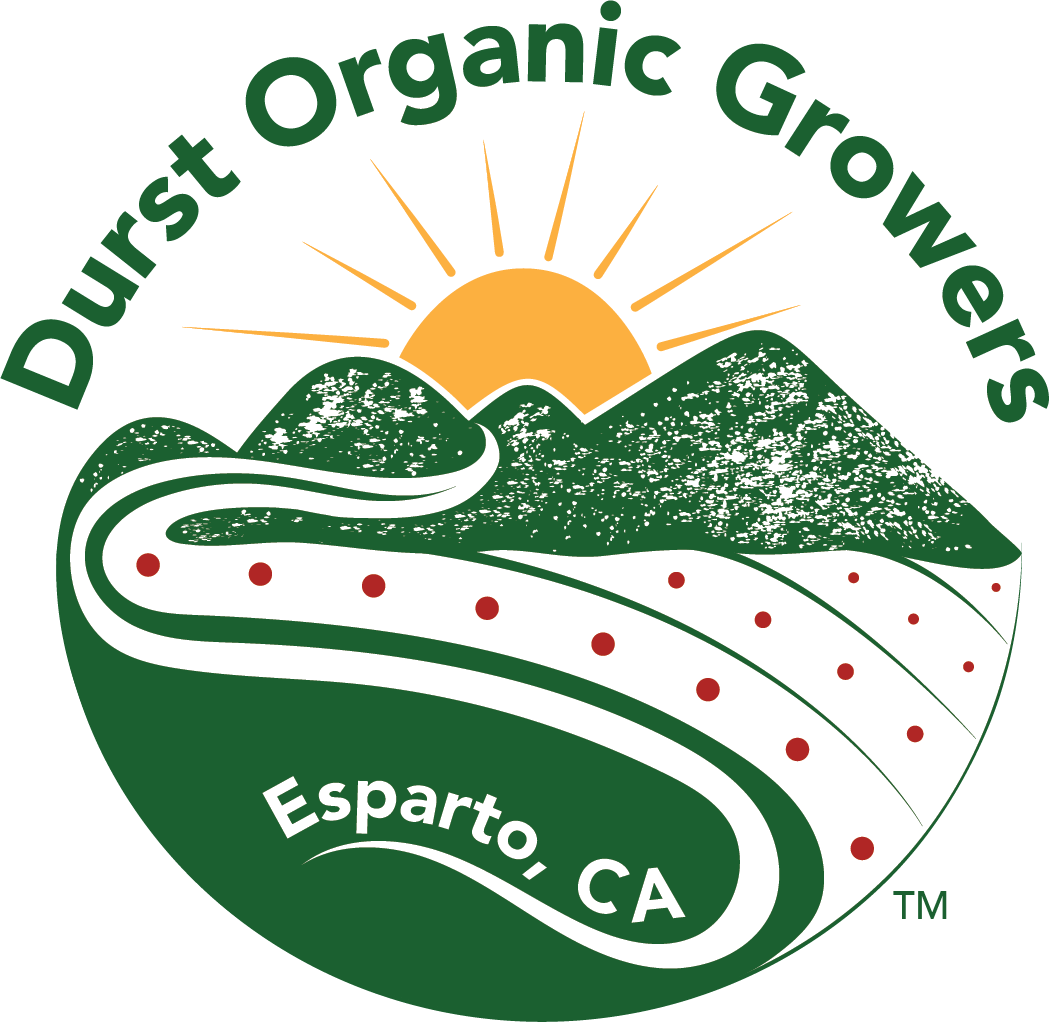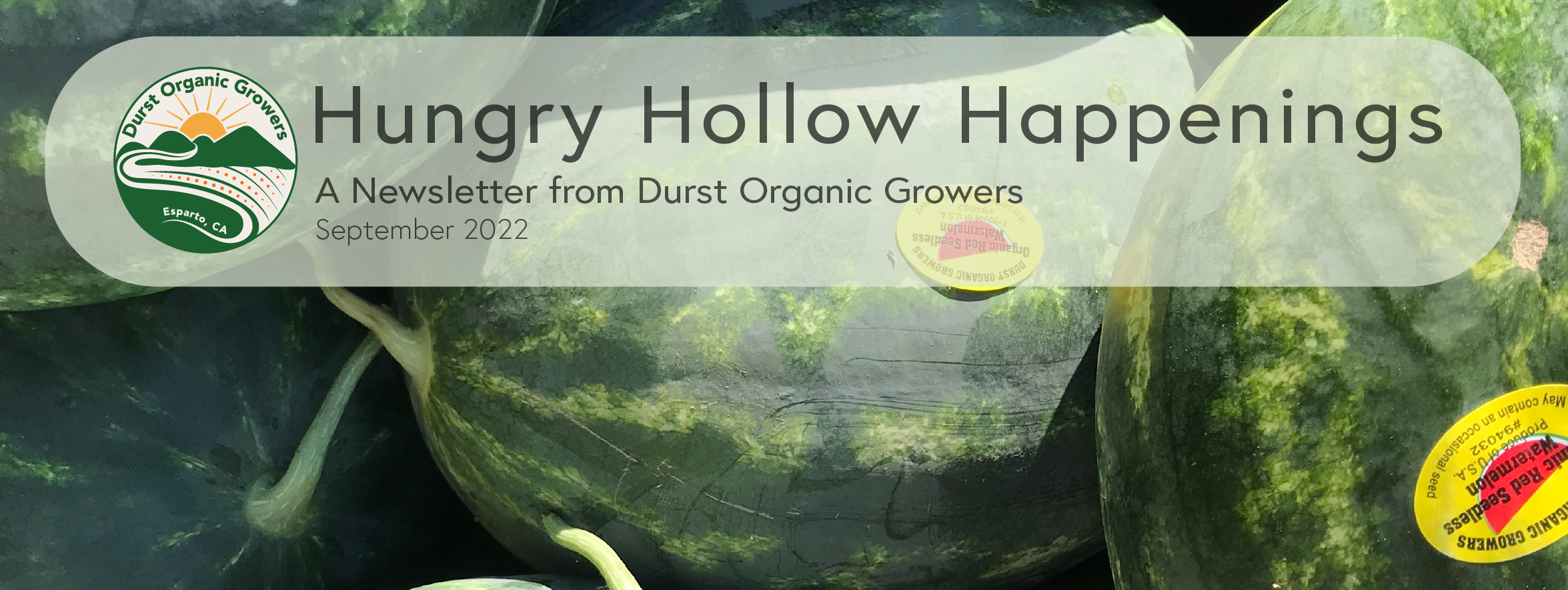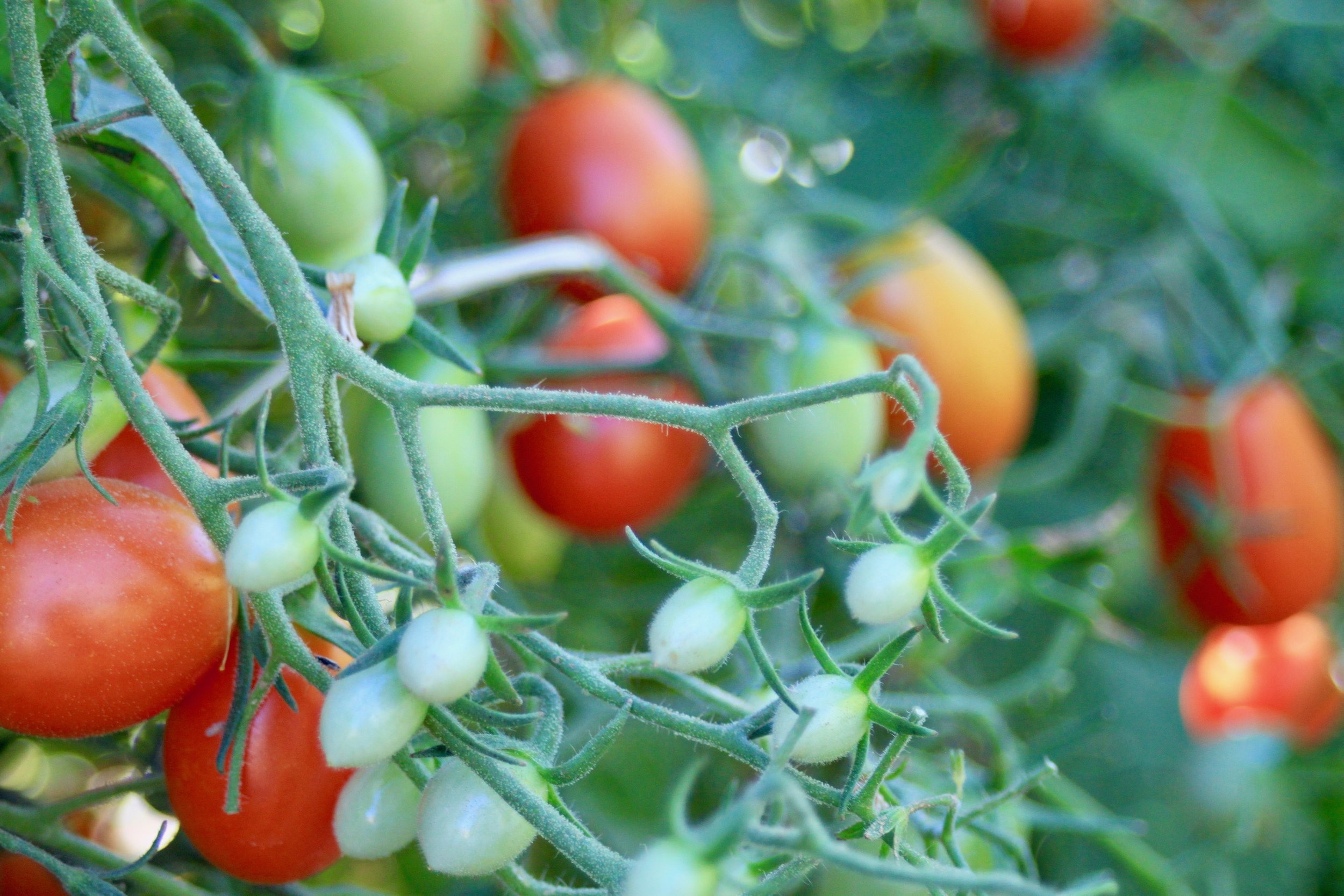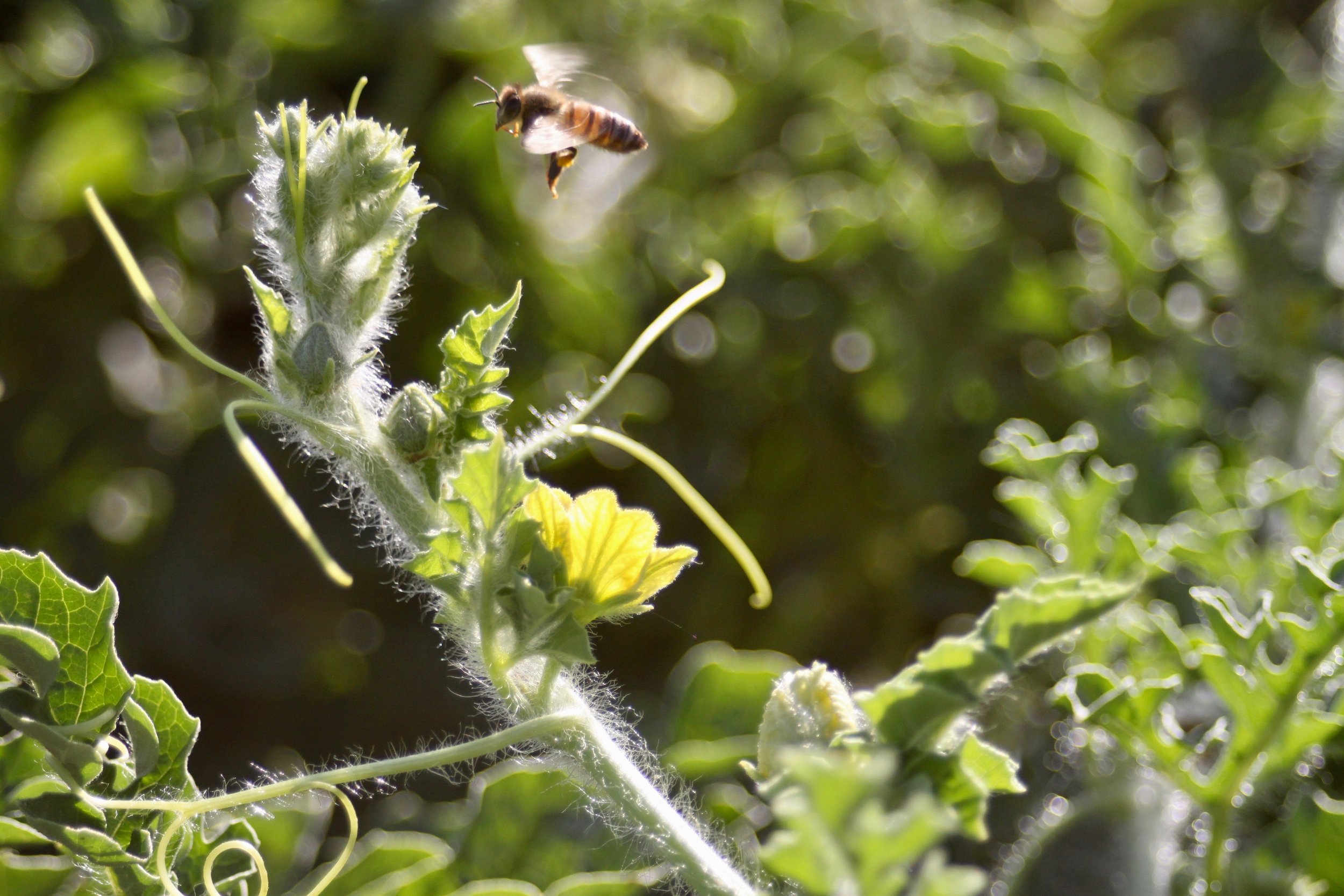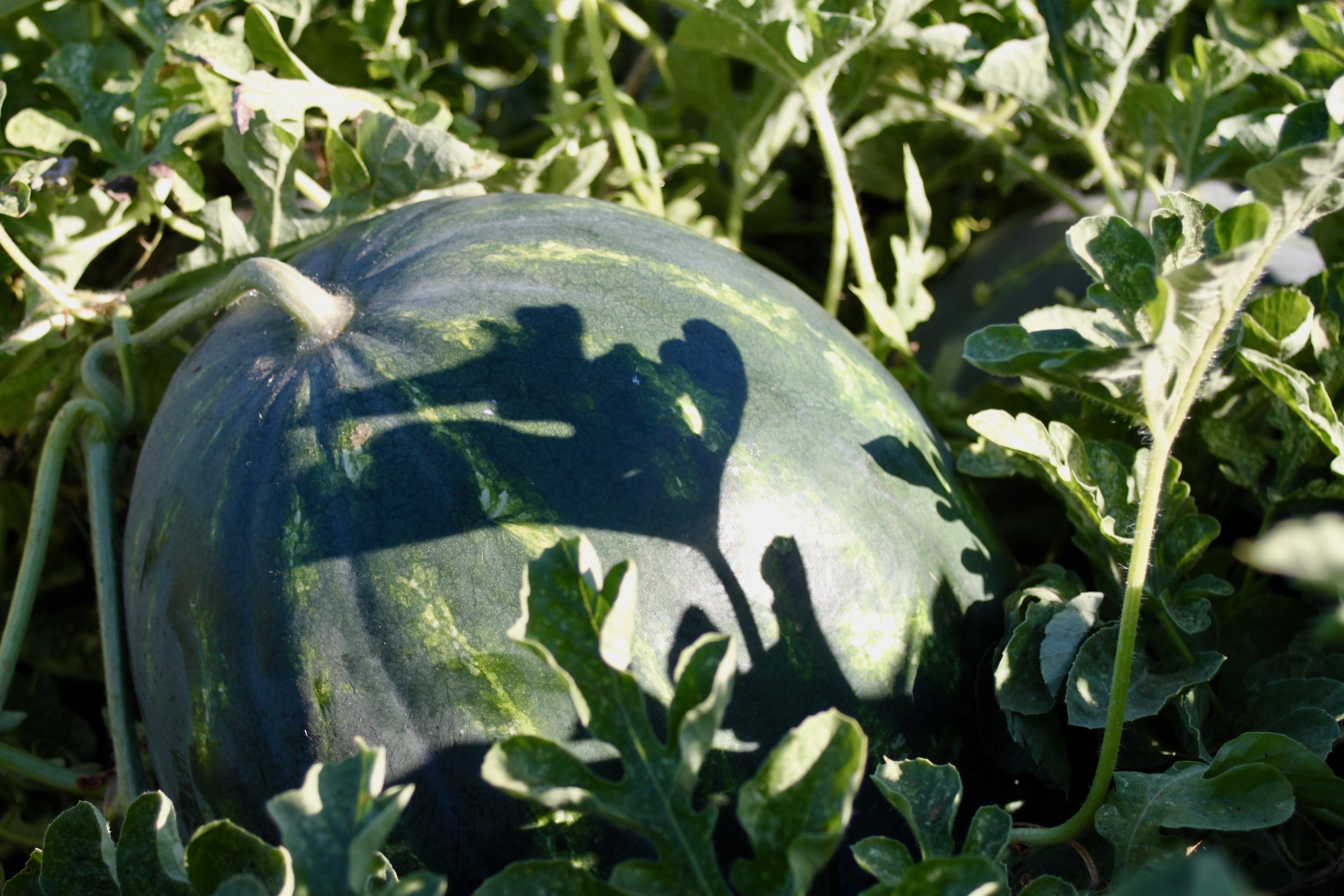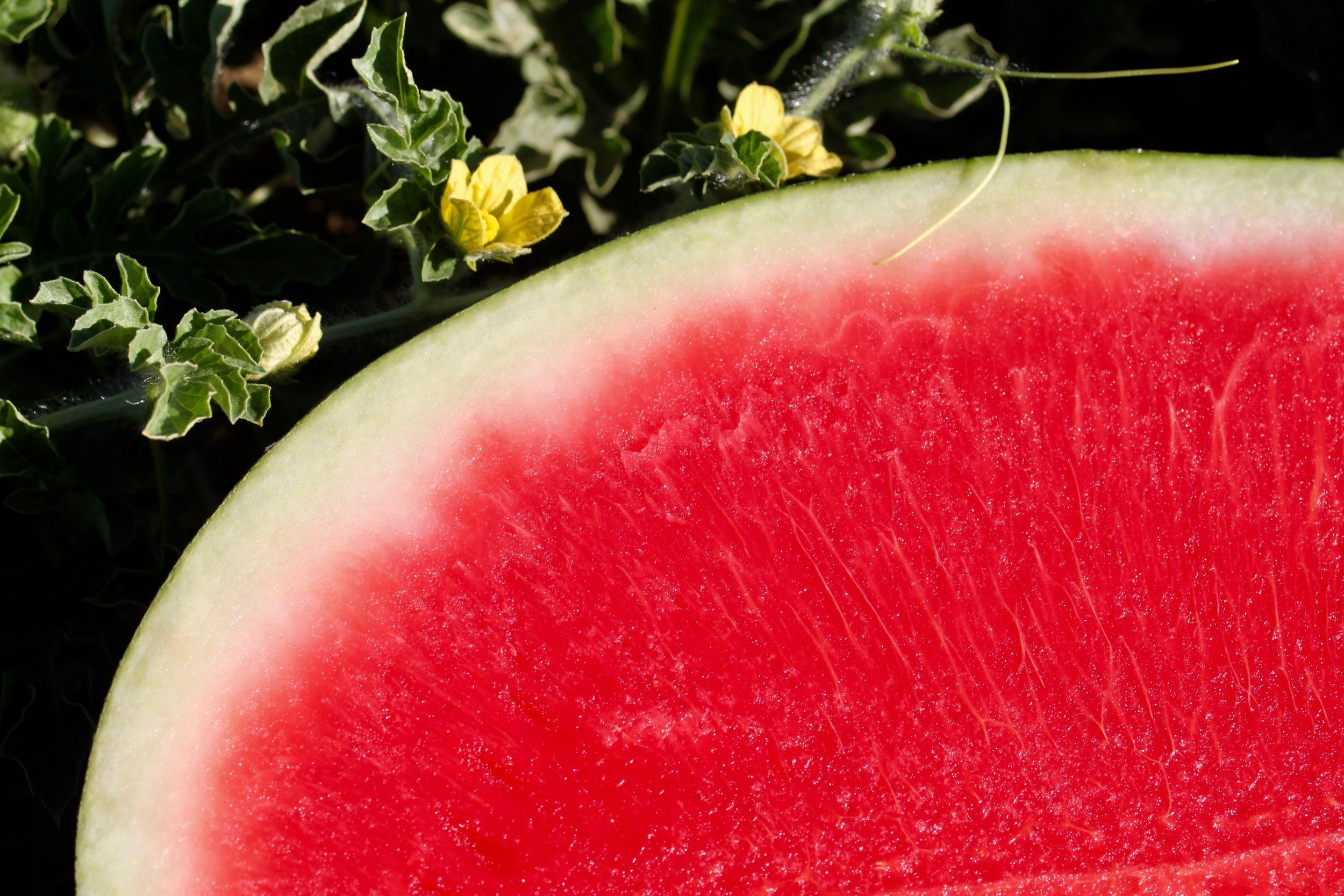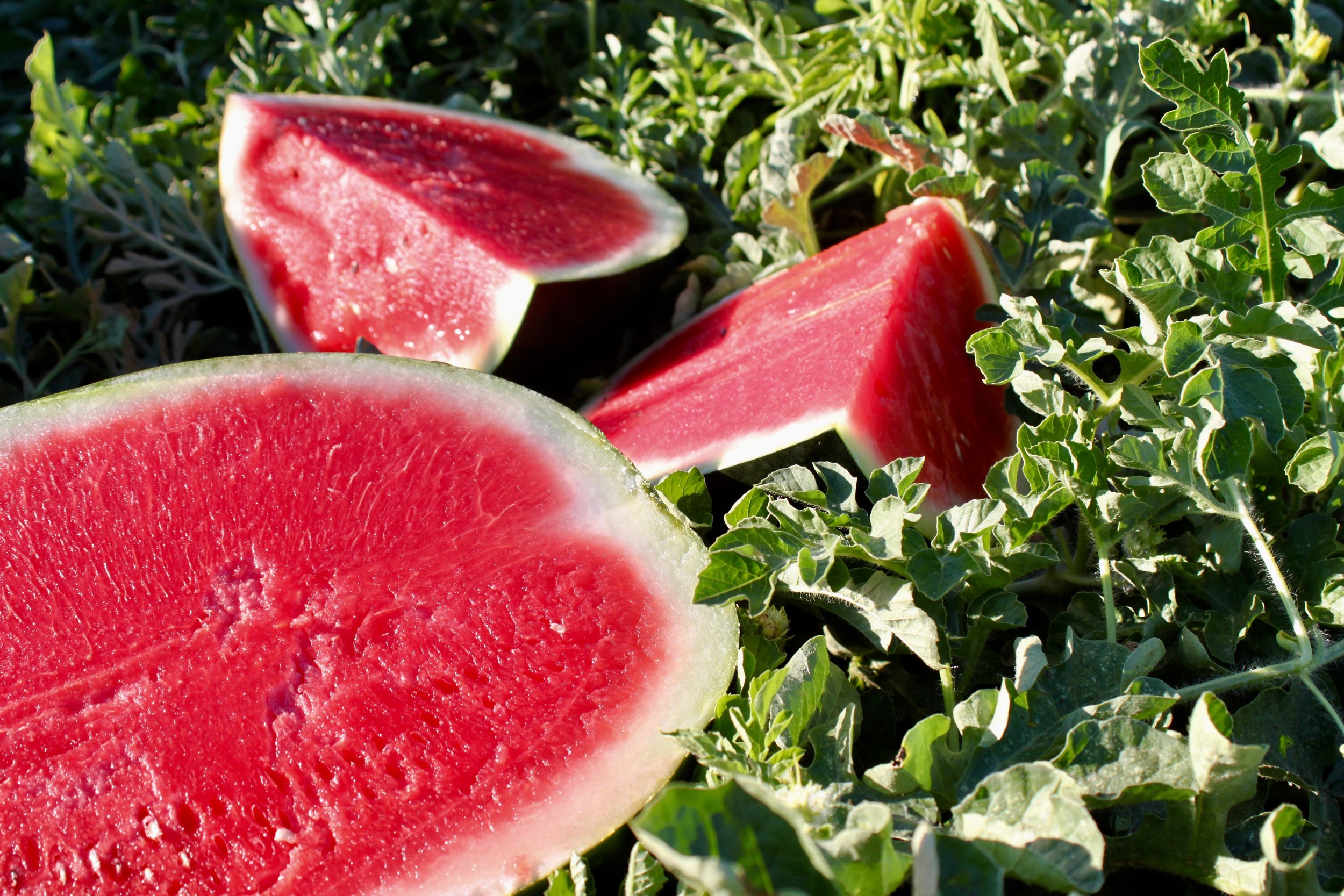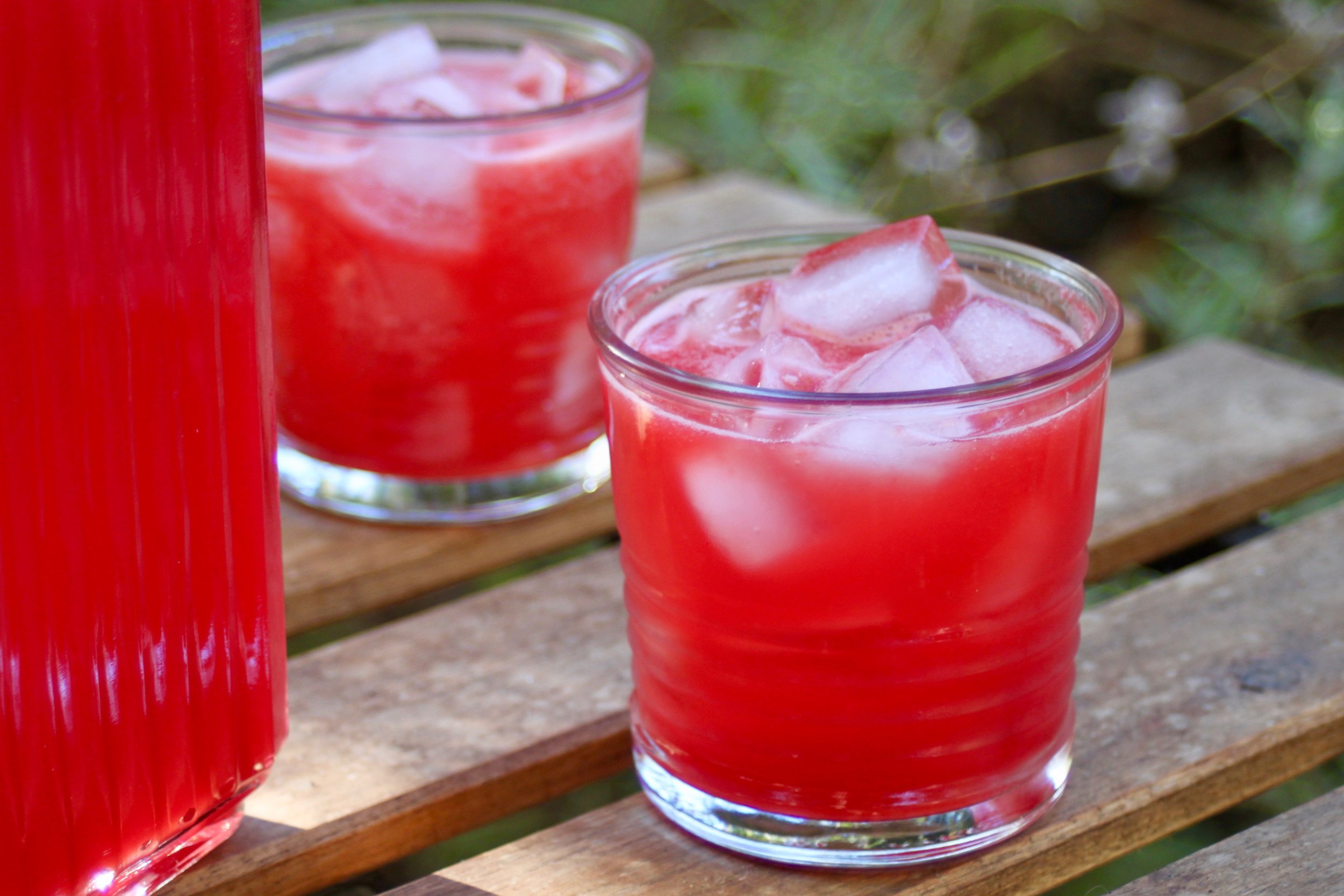Hungry Hollow Happenings: Summer's End
Just a few more weeks – that’s what I’m told.
During our weekly melding of the minds (staff meeting), we go over field reports, harvest numbers, sales, crop planning, and the weather, among other things. In our most recent meeting, the consensus was: Just a few more weeks of harvest before our season wraps up. “A few weeks” sounds too soon, but after consulting the calendar for a second opinion, I suppose it does add up.
Typically our cherry tomato harvest ends with the beginning of frosty mornings that come to greet us in the tail end of October. Occasionally, we’ll even bring in the last harvest on the first of November, as an impending hard frost tells us to call it. This year, harvest may end a bit earlier – we’ve already begun taking down our first planting – more like mid-October, just a few weeks away.
Though we’ve begun the process of taking down our first tomato planting (a much simpler task than that of establishing the plants, yet still time consuming and complex in it’s own right), much of our later plantings are still going strong, offering promises of a plentiful harvest, for just a few more weeks.
The extreme heat spell we had at the beginning of September did affect the plants; many dropped their blossoms and put a pause on producing more fruit, but with cooler temperatures ahead they may resume their regularly scheduled program.
Our watermelon harvest, on the other hand, has come to a close for the season. There are still a few bins going out, and we may harvest just a few more this week, but that will be the last of it for this year. So, if you’re a Durst Organic Growers watermelon fan, and you find one at your favorite grocer, grab it!
As we mentioned in our last letter, this year’s early watermelon crop was disappointing for us. For reasons that still have us scratching our heads a bit, the first few plantings never really came into good production. Between pest pressure affecting the newly planted starts to irrigation difficulties to possible disease, the plants in our first six plantings or so just never really took off with vigor; as a result, much of the fruit was not marketable (mostly cosmetic reasons), and instead of sending a bounty of watermelon to fresh markets like we’d hoped to, we sent many truckloads to a juicing company (thank goodness for the juice market!).
Our last four plantings, however, were wonderful. They reminded us why we grow the red seedless varieties we have come to love, and convinced us that yes, we do want to continue growing watermelon in the future (we were on the fence there for a minute).
Over the years, we’ve focused considerable time and energy towards selecting the varieties that we, as growers, think are superior across many categories -- flavor being number one. We find the flavor of both our striped variety and our black variety to surpass that of most watermelons you may find in the market. In fact, we may be a bit biased in saying this, but cutting into one of our watermelons is an absolute treat for all the senses: the weight of the melon daring you to indulge, the exciting “pop” as the knife pierces the rind, the crimson red flesh making us ogle in awe, the subtly intoxicating aroma of sweet summer fruit, and the building excitement of eating it. Plus, of course, the actual eating it part…
The flavor profile of our watermelon maintain that true sun-soaked watermelon taste of summers gone by; it’s full flavor is similar to that of an heirloom seeded variety, but with the qualities necessary to make it suitable for larger marketing (longer shelf life, more durable rind, size). In addition to the flavor, the flesh has a wonderful bite to it, but not in sacrifice to succulence – a wedge of our watermelon will offer your hands, shirtfront, stomachs, and smile a delightful amount of juice. Speaking of juice, have you tried making any with our watermelon? It’s pretty fantastic.
But that’s just our opinion: what about you? What makes a watermelon special to you?
Between the tomatoes and the watermelon, we’ve also begun harvest on our winter squash! I suppose the summer season really is wrapping up. This year we’re growing sugar pie pumpkins, spaghetti, butternut, honeynut, a smaller amount of green acorn, and a honey-hued variety of delicata. It’s still a bit too summery for us to even think about eating any, but that should be changing in just a few more weeks.
Until then, we’ll be enjoying the tomatoes (and watermelon) as much as we can, savoring them and the last of summer -- for just a few more weeks.
Broiled Sweet Corn Salad
This broiled sweet corn salad with cherry tomatoes and avocado is the perfect way to send-off summer! Make it while corn and tomatoes are still available!
Agua Fresca
If you can find one of the last watermelon of the season, try juicing it! Drink the juice fresh, and freeze any extra to make watermelon slushies or sorbet!
Dried Cherry Tomatoes
Don't let cherry tomato season end without drying some for your winter larder!
...you'll be thanking yourself in the winter when you're baking up a batch of Savory (Dried) Tomato Scones
Cherry Tomato Jam
In addition to drying some cherry tomatoes, you'll probably also want to make up a small batch of cherry tomato jam before the season ends...you may be surprised in how versatile it is!
